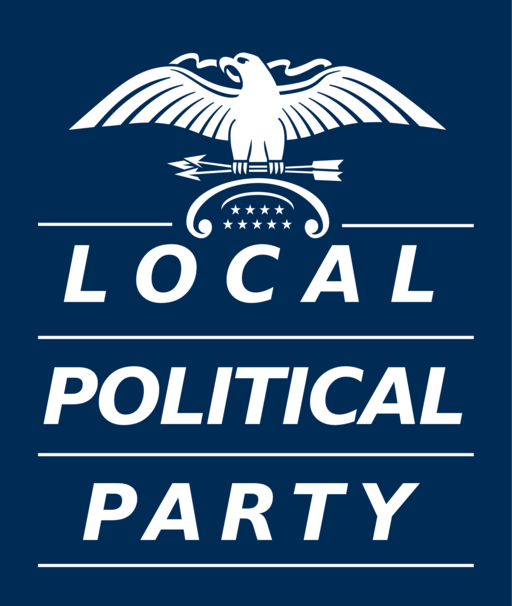8.3.5: Website Design for New Political Parties
- Last updated
-
-
Save as PDF
In theory, multiple political parties give voters multiple choices during elections. In 2020, there were 21 Presidential candidates on the ballot in Vermont and Colorado and in all other states' voters could choose between 3 and 13 different candidates.
In reality, though, candidates from parties other than the Democratic or Republican parties have only a small chance of winning a state-wide election (Independent Senators Bernie Sanders of Vermont and Angus King of Maine are exceptions to that statement). In Minnesota, for example, the Legal Marijuana Now Party candidate for U.S. Senate won 185,064 votes (5.77%) while the winner, Democrat Tina Smith, received 1,566,522 votes (48.81%).
Still, this does not mean that supporting a third party candidate means "wasting" one's vote on someone who cannot win an election. Multiple political parties raise public awareness of issues facing society, which can lead to social, economic, and political change.

Figure \(\PageIndex{1}\): Local Political Party Logo | Public domain
Each state has its own rules for determining when a group or activist organization can become a recognized political party and have its candidates appear on an election ballot. A potential political party must demonstrate actual voter support (usually by filing a petition for formal recognition signed by a representative number of citizens of the state) and then it must receive a sufficient number of votes in an election to maintain its status as a political party. Here are the rules for Qualifying as a Political Party from the U.S. Federal Election Commission.
In politics today, any new political party needs to utilize technology to communicate with voters. A party website can serve as a hub or home base for information, showcasing the party's logo, highlighting its policies, introducing its candidates, and raising funds to support itself and its efforts. In this activity, you get to design a website for a new political party.
Video \(\PageIndex{1}\): 6 Things Your Political Campaign Website Needs. Uploaded by Simplified Campaigns.
Activity: Design a Website for a New Political Party
- Use the Teacher and Student Guide to Analyzing Websites to closely examine the websites of several members of Congress.
- Come up with a name and a mascot or symbol for your new political party.
- Create a website for your political party, using a web design tool such as Google Sites, Wix, Weebly, or Adobe Spark, to influence others to vote for the party.
- Incorporate design strategies you uncovered during your analysis of congress members' websites and from watching 6 Things Your Political Campaign Website Needs.
- Make sure to include a logo for your new party, a slogan, and the party's political goals.
- Use Tweetgen to create a series of tweets for your political party (explore how members of Congress use social media). Download images of these tweets (or take screenshots) and add them to your website.
- As a class, review everyone's websites and select a winning party.
Additional Resources
Connecting to the Standards
- Massachusetts Civics & Government Standards
- Describe the structure and role of political parties at the state and national levels (Massachusetts Curriculum Framework for History and Social Science) [8.T3.5]
- ISTE Standards
- Digital Citizen
- 2c: Students demonstrate an understanding of and respect for the rights and obligations of using and sharing intellectual property.
- Knowledge Constructor
- 3a: Students plan and employ effective research strategies to locate information and other resources for their intellectual or creative pursuits.
- 3b: Students evaluate the accuracy, perspective, credibility and relevance of information, media, data, or other resources.
- Creative Communicator
- 6a: Students choose the appropriate platforms and tools for meeting the desired objectives of their creation or communication.
- 6b: Students create original works or responsibly repurpose or remix digital resources into new creations.
- 6d: Students publish or present content that customizes the message and medium for the intended audiences.
- DLCS Standards
- Ethics and Laws (CAS.b)
- Interpersonal and Societal Impact (CAS.c)
- Digital Tools (DTC.a)
- Collaboration and Communication (DTC.b)
- Research (DTC.c)
- English Language Arts > History/Social Studies Common Core Standards
- CCSS.ELA-LITERACY.RH.6-8.5
- CCSS.ELA-LITERACY.RH.6-8.6
- CCSS.ELA-LITERACY.RH.6-8.7
- CCSS.ELA-LITERACY.RH.9-10.5
- CCSS.ELA-LITERACY.RH.9-10.8
- CCSS.ELA-LITERACY.RH.11-12.5
- CCSS.ELA-LITERACY.RH.11-12.7
- English/Language Arts Common Core Standards


